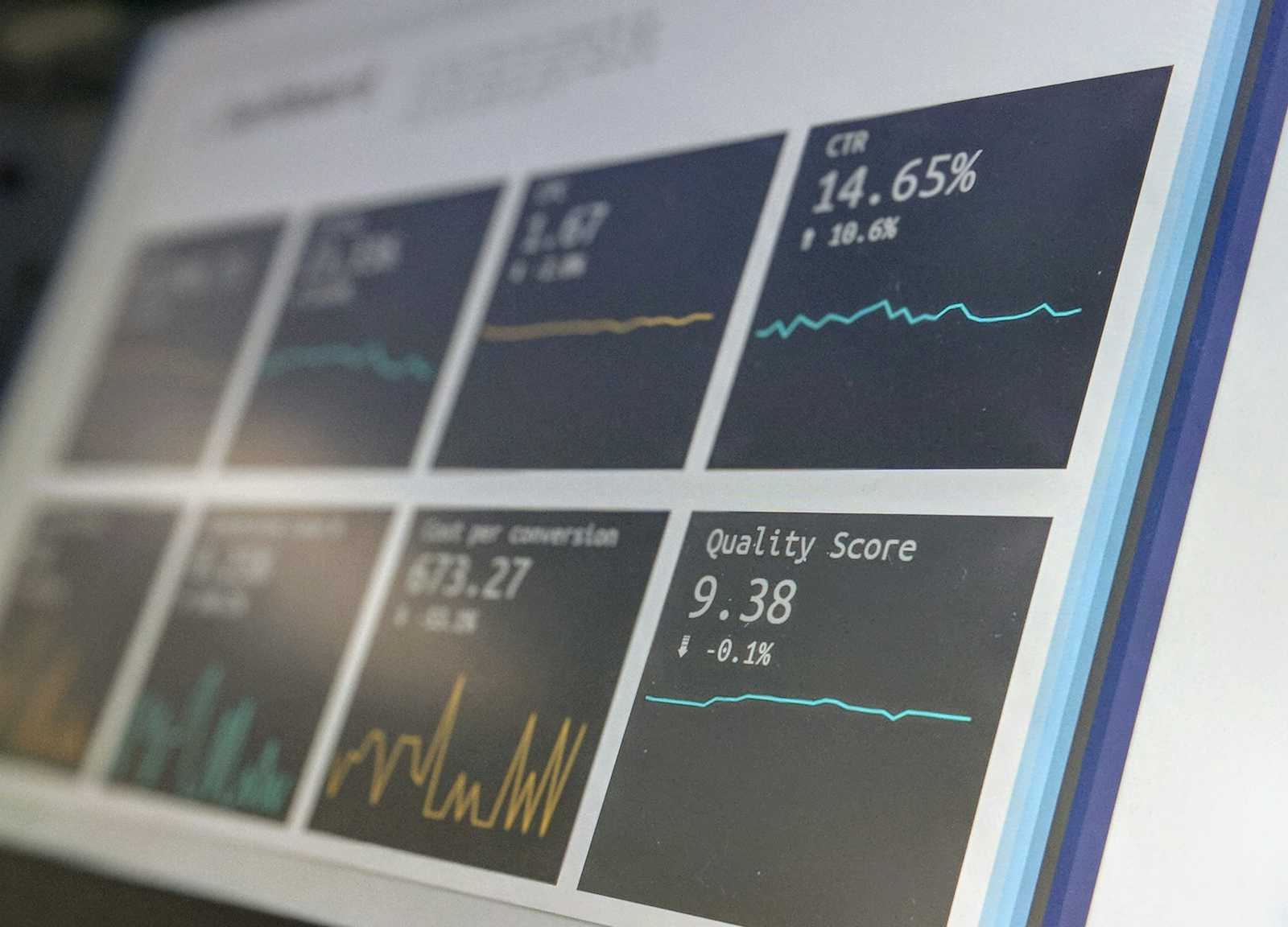Demystifying VMs, vCPUs, and Virtualization: A Beginner-Friendly Guide
 Vineeta Jain
Vineeta Jain
Have you ever wondered what happens behind the scenes when you launch a virtual machine (VM) or hear tech folks talk about vCPUs, hypervisors, and bare metal servers? Don't worry, you're not alone. In this blog post, we'll break down these terms in easy language so that even if you're new to the tech world, you'll get a clear mental picture.
1. The Foundation: What is a Physical Machine?
Think of a physical machine (also called a bare metal server) as a real, physical computer. Just like your laptop, it has:
A processor (CPU)
Memory (RAM)
Storage (Hard drive or SSD)
Inside that processor, there are parts called cores. Each core is like a tiny brain that does calculations. Some CPUs also support threads, which are like mini-brains that allow one core to handle two things at once.
So, a powerful CPU might have:
8 cores
Each core supports 2 threads
That means the operating system sees 16 logical processors (8 cores x 2 threads)
2. What is a Virtual Machine (VM)?
A Virtual Machine is like a pretend computer created inside a real computer.
It has its own CPU (kind of), memory, and disk.
You can install Windows, Linux, or any OS on it.
But here's the trick: It doesn't have its own hardware. It borrows it from the physical computer it's running on.
So how does that work?
3. Meet the Hypervisor
The hypervisor is the magic layer that makes virtualization possible. It sits between the physical hardware and the virtual machines.
There are two main types:
Type 1 Hypervisor (Bare Metal): Runs directly on the physical machine (e.g., VMware ESXi)
Type 2 Hypervisor (Hosted): Runs on top of an operating system (e.g., VMware Workstation, VirtualBox)
Another popular hypervisor is KVM (Kernel-based Virtual Machine), which is built into the Linux operating system and acts like a Type 1 hypervisor.
4. What is a vCPU?
A vCPU (virtual CPU) is a slice of a real physical CPU that is given to a virtual machine.
Imagine your physical CPU is a pizza with 8 slices. A vCPU is like giving one or more slices to each virtual machine.
But sometimes, those slices are shared across many VMs. That means:
One physical core might serve multiple vCPUs
This is done using a method called time-slicing, where VMs take turns using the CPU
So a VM with 2 vCPUs might actually be sharing physical resources with many others.
5. Real vs. Virtual: What’s the Difference?
| Term | Real or Virtual? | Simple Explanation |
| Physical CPU | Real | The actual chip inside your computer |
| Core | Real | A brain inside the CPU that does work |
| Thread | Real | A mini-brain that allows multitasking |
| Logical Processor | Real | What the OS sees (core or thread) |
| Hypervisor | Real Software | The layer that manages VMs |
| vCPU | Virtual | A fake CPU assigned to a VM |
| VM | Virtual | A pretend computer running inside a real one |
6. Why Use Virtual Machines?
VMs are great because:
You can run many VMs on one machine (saves money)
Each VM is isolated (safer and more stable)
You can start, stop, copy, or delete VMs easily
Companies use virtualization to run websites, databases, test environments, and more — all without needing a separate physical computer for each.
7. Docker and Kubernetes: The Next Layer
Once virtualization became popular, people found an even more efficient way to run apps: containers.
Docker
Docker is a tool that lets you package an app and everything it needs into a container.
A container is lighter than a VM and shares the host OS, so it's faster to start and uses fewer resources.
If You Are Using Docker Directly on a Physical Machine (e.g., your laptop or a bare metal server)
Docker runs on the host OS (like Linux).
All containers share the same OS kernel.
Each container gets isolated at the process level (like having its own private workspace), but there’s no separate OS or virtual hardware like a VM.
So here, Docker shares the physical host.
If You Are Using Docker Inside a Virtual Machine (very common in cloud environments)
The VM has its own OS (guest OS).
Docker runs on top of that guest OS.
Containers now share the OS of the virtual machine, which itself runs on a physical host managed by a hypervisor.
So even though containers share the VM's OS, everything still ultimately runs on the physical machine — just through several layers (container → VM → hypervisor → hardware).
Kubernetes
Kubernetes is a system that helps manage lots of containers.
It can start/stop containers, balance their load, and recover them if they crash.
Kubernetes doesn't manage VMs or vCPUs directly. Instead, it runs containers on top of VMs or physical servers.
So, if virtualization gave us VMs, Docker gave us containers, and Kubernetes became the manager for containers at scale.
8. Key Takeaway
Virtualization lets us use one powerful machine to do the work of many. vCPUs are just virtual slices of real CPUs, and the hypervisor is the manager making sure every VM gets its turn.
Containers are a newer way to run apps even more efficiently, and Kubernetes is the tool that orchestrates them all.
So the next time someone mentions a virtual machine with 4 vCPUs or a Kubernetes cluster, you'll know what's happening under the hood — and it's not magic, just smart layering!
Subscribe to my newsletter
Read articles from Vineeta Jain directly inside your inbox. Subscribe to the newsletter, and don't miss out.
Written by
